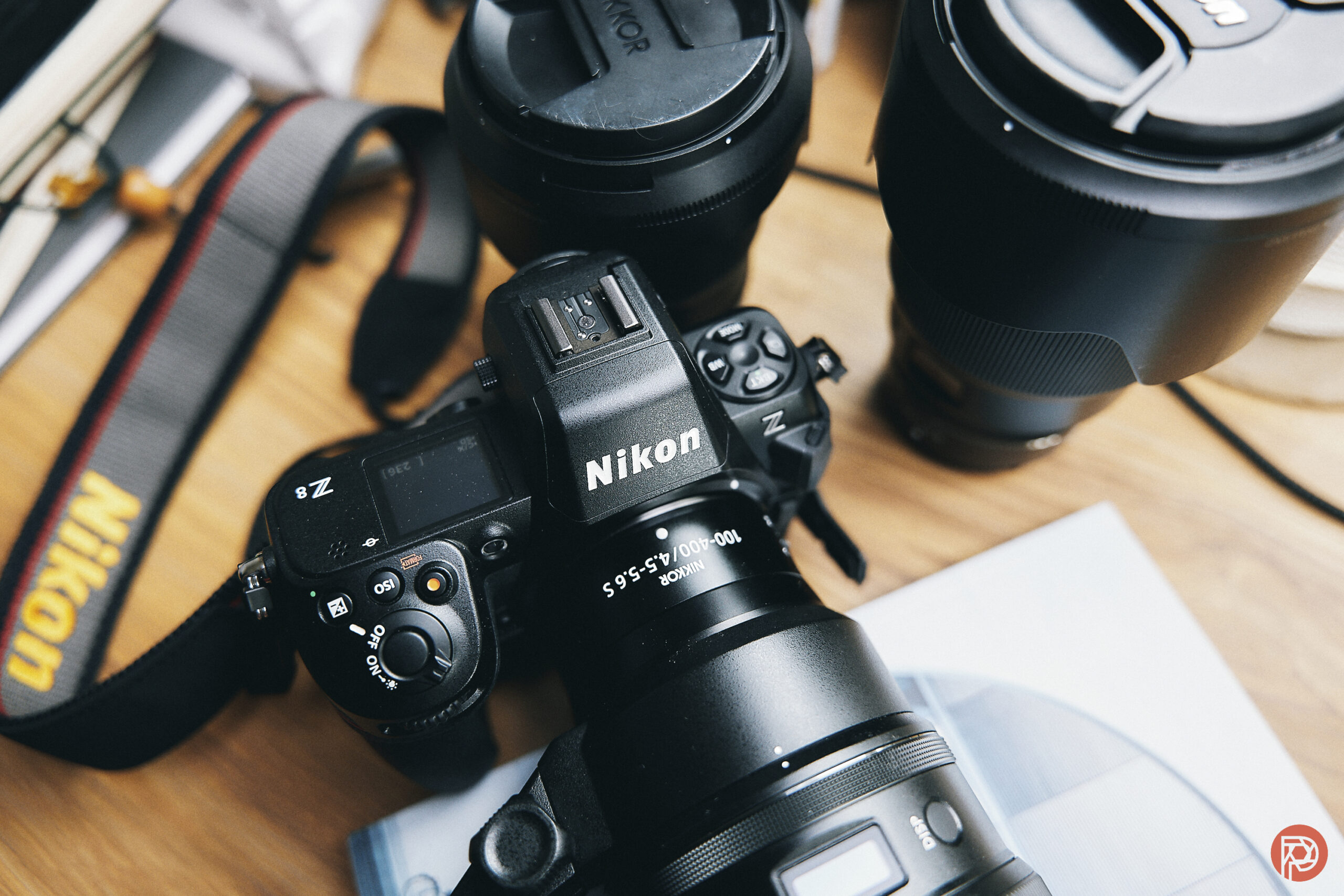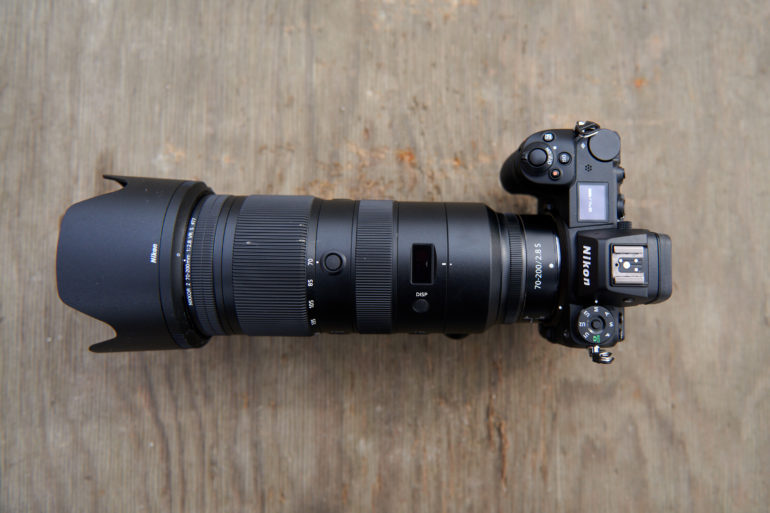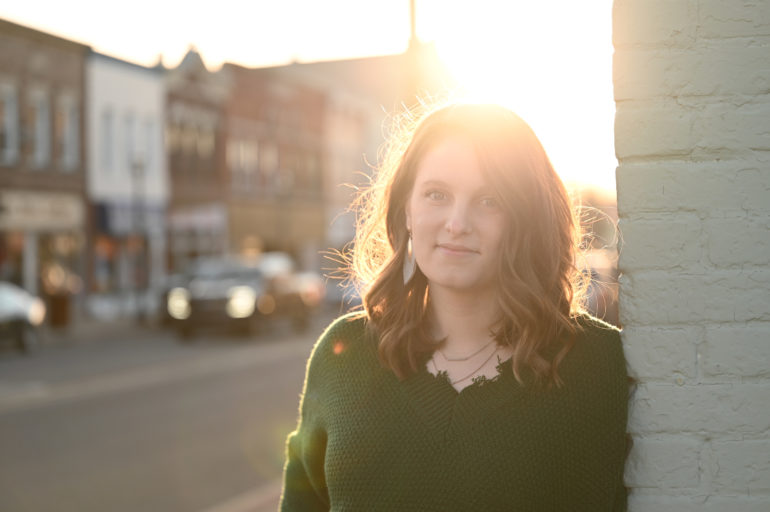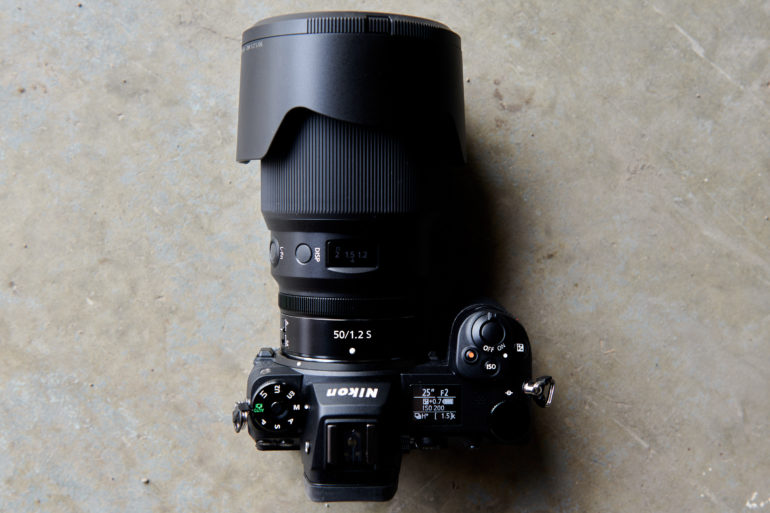The Nikon Z8 is best described as an ergonomic wonder of a camera for anyone that used a DSLR. It essentially feels just like a DSLR but is much smaller and designed for Z-mount lenses instead. Photographers will really enjoy it when shooting events, photographing wildlife, doing portraiture, and so much more. It’s only going to get better with firmware updates too. Lucky for you, we’ve also reviewed the most Nikon Z mount lenses of any publication still standing. So we’re here to help you choose the best lens for the Nikon Z8 that you need. Dive in below with us for our findings.
The Phoblographer may receive affiliate compensation for products purchased using links in this blog post.
Table of Contents
How We Chose the Best Lens for the Nikon Z8
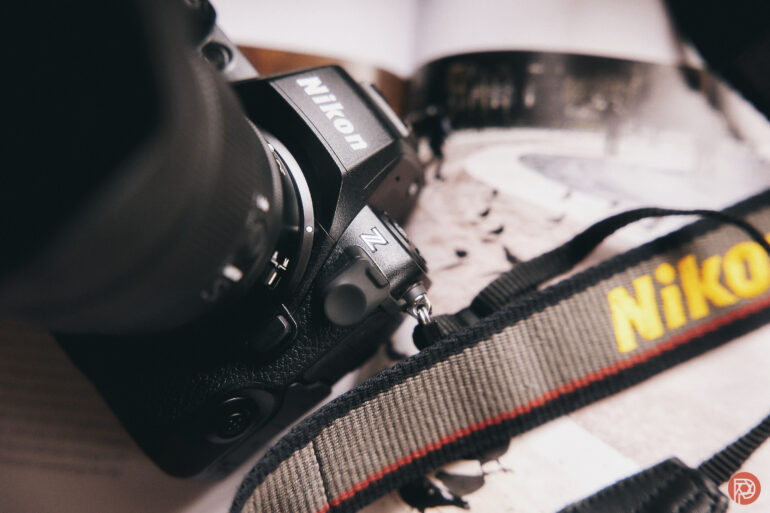
Here’s some insight into how to use this guide to find the best lens for the Nikon z8:
- The Phoblographer’s various product round-up features are done in-house. Our philosophy is simple: you wouldn’t get a Wagyu beef steak review from a lifelong vegetarian. And you wouldn’t get photography advice from someone who doesn’t touch the product. We only recommend gear we’ve fully reviewed in these roundups.
- If you’re wondering why your favorite product didn’t make the cut, there’s a chance it’s on another list. If we haven’t reviewed it, we won’t recommend it. This method keeps our lists packed with industry-leading knowledge. Some of our stories include affiliate links. If you buy something through one of these links, we may earn an affiliate commission.
- Nikon Z Mount (which we’re focusing on here) has many lenses available. And so, we’re choosing the best lens for the Nikon z8. Luckily, we’ve reviewed the vast majority of lenses for Nikon Z Mount. You can find them in this guide here. To further clarify this statement, we’re not talking about lenses that can and should be adapted to the camera.
- So what makes a lens the best lens for the Nikon z8? Well, Nikon lenses tend to not have a lot of character or anything that makes many of them unique — aside from a few focal lengths. The color rendered can surely be pretty, though. We’re also only selecting full-frame lenses. Further, because the Nikon z8 is a camera meant to do serious work, we’re focusing on weather-resistant lenses. Versatility is also a big thing here.
- Nikon’s autofocus isn’t what Canon and Sony are capable of doing.
The best Lens for the Nikon z8: Nikon z 24-120mm f4 S
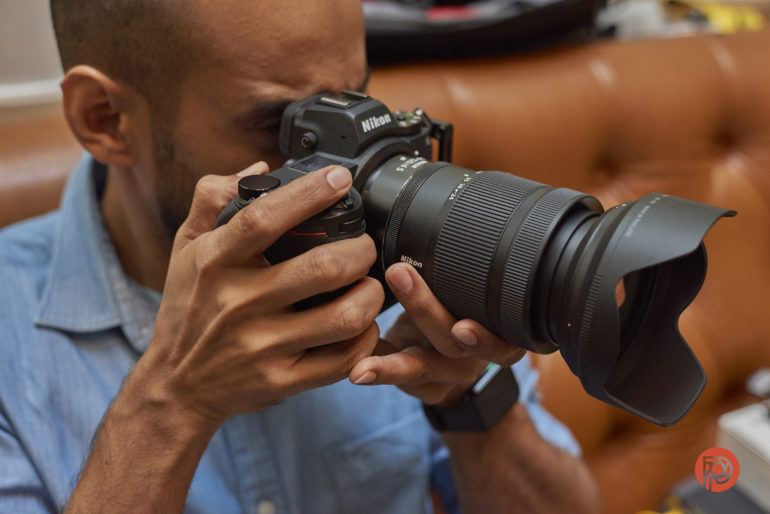
You’re probably wondering why we chose this lens. Well, there are several reasons. First off, the Z mount variant of this lens is far better than the F mount version. This lens is weather resistant and is unique in that it’s a 24-120mm instead of the standard 24-105mm. It gives you significantly more reach that you don’t appreciate until you need it. That reach furthers when you go into the DX crop mode with the Nikon z8. The image quality and autofocus are also satisfactory for what the lens is designed to do. Sure, some folks may want an f2.8 zoom instead. But honestly, Nikon could do faster zoom lenses. They just haven’t yet. F2.8 lenses often aren’t enough for really dark situations — especially those where you’re photographing POCs that have a lot of melanin in low light.
Here’s the essential bits from our review of the lens.
PROS
- Nano Crystal and ARNEO lens coatings
- Super silent S-line lens
- Macro focusing capabilities as close as 1.15 ft at 120mm
- Weather sealed lens barrel and rubber gasket over the lens mount
- Customizable L-Fn button
- Dedicated manual focus ring in addition to the control ring
- Only $100 more than the Z 24-70mm f4 S that doesn’t have most of the above capabilities
- 77mm filter thread means I can use a lot of my existing circular filters from F-mount pro lenses
- Rugged construction. Mine fell from 4 feet high and smashed to the ground. Apart from a broken UV filter, a few missed AF shots on the day, and some scuffing, it continues to work perfectly.
CONS
- No Vibration Reduction in the lens. I’m guessing this was left out to keep the costs down. Nikon Z full-frame bodies have in-body stabilization already.
- You’ll miss the satisfying zoom ring lock if you’re upgrading from the Z 24-70 f4 lens.
- Not the most satisfying bokeh at 120mm
Tech Specs
Specs are taken from the Nikon.
- Zoom Ratio: 5x
- Minimum Aperture: f/22
- Maximum Angle of View (DX-format): 61° – 13°20′
- Maximum Angle of View (FX-format): 84° – 20°20′
- Maximum Reproduction Ratio: 0.39x
- Lens Elements: 16
- Lens Groups: 9
- Diaphragm Blades: 9 (Rounded diaphragm opening)
- AF Actuator: 2 STM (stepping motor)
- Minimum Focus Distance: 1.15 ft (0.35m) from focal plane at all zoom positions
- Filter Size: 77mm (P = 0.75 mm)
- Approx. Dimensions (Diameter x Length): 3.4 in. (84 mm) x 4.7 in. (118 mm) Distance to end of lens from camera lens mount flange. Based on CIPA guidelines
- Approx. Weight: 22.2 oz. (630 g). Based on CIPA guidelines
This lens is available on Amazon. In our review conclusions, we said:
This lens takes first priority in my kit when I want to keep my bag light. Be it street photography or event coverage, I toss this in my camera bag with a speedlight, and I’m good to go. In the past, I’d take along a 105mm or 70-200mm for extra reach because 70mm wasn’t enough. Leaving these extra lenses at home has been an enjoyable experience when doing corporate shoots over four hours long.
The zoom ring might feel stiff when you’re going from 24 all the way to 120mm. Image quality throughout the focal range is really good, and a tad sharper at 70mm compared to the Z 24-70mm f4 S lens. I rarely swap out for my 105mm macro lens when the Nikon Z 24-120mm f4 S is on my camera unless I have a requirement to go ultra close. This lens’s macro capabilities are useful for most non-macro specialist photographers.
Having used this lens in deserts and generally in hazy conditions in Dubai’s summer, Nikon’s weather sealing claims for this lens holds up. My Z6 II sensor remains dust free when using this lens, and I find myself cleaning it less often than before. Visible dust often falls on the lens barrel when I work outdoors, but this doesn’t find its way to the sensor. Focus speed is relatively fast, but it definitely usurped by lenses like the Z 70-200 f2.8 S and Z 24-70 f2.8 S. Still, at this price point, I would recommend Nikon users to go for this lens over the Z 24-70 f4 any day.
For its versatility, impressive zoom range, functional macro capabilities, and lightweight construction, I’m giving the Nikon Z 24-120mm f4 S lens four out of five stars. It misses a full five stars for the lack of in-body VR capabilities. Want one? Check it out on Amazon when you make a purchase.
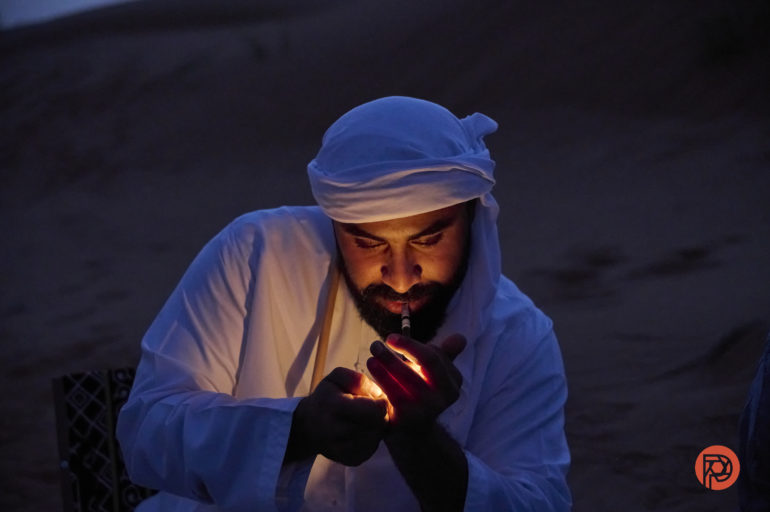
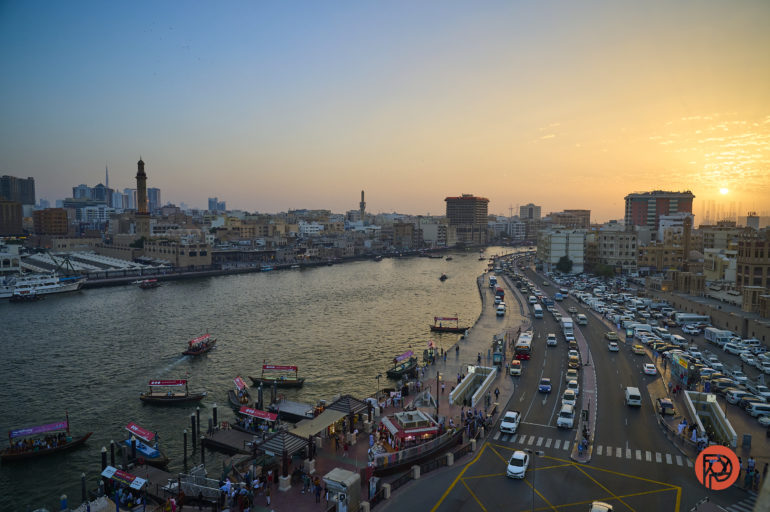
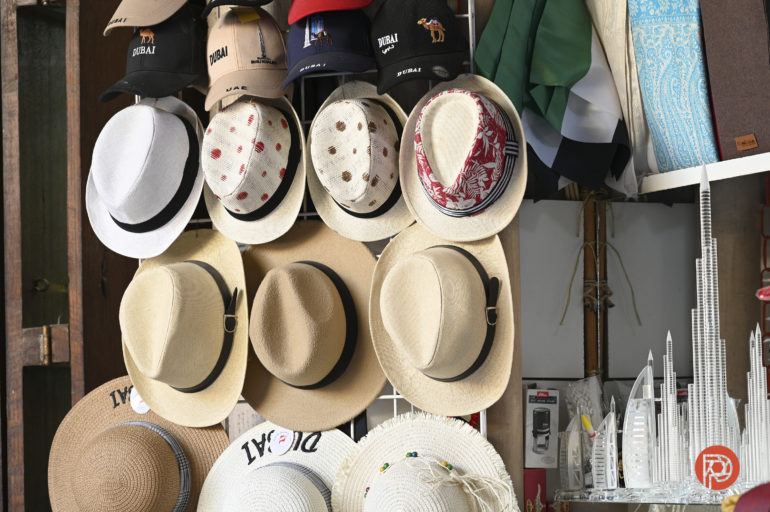
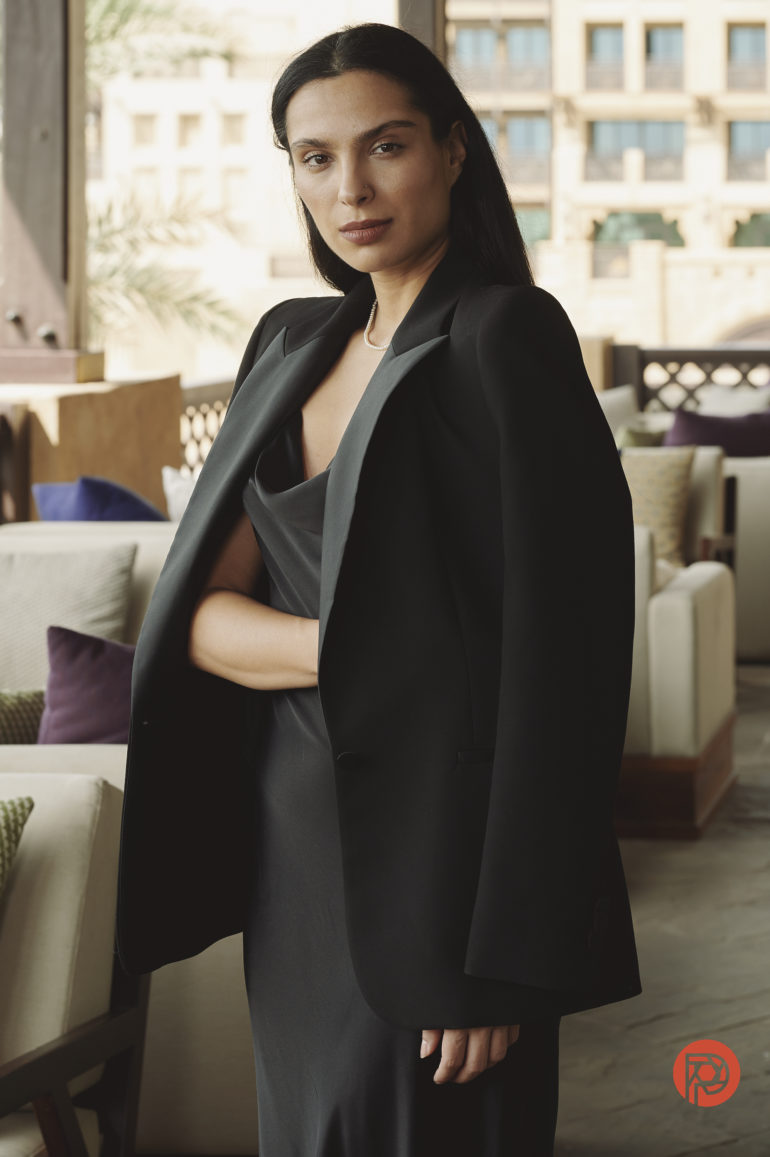



3 Other Great Options Some Might Think is the Best Lens for the Nikon z8
Here are four other great options that photographers will enjoy. These lenses are all larger and have a faster aperture than our choice. But for some photographers, these might be the best lens for the Nikon z8 because of image quality, balance, or affordability.
Nikon Z 85mm f1.2 S
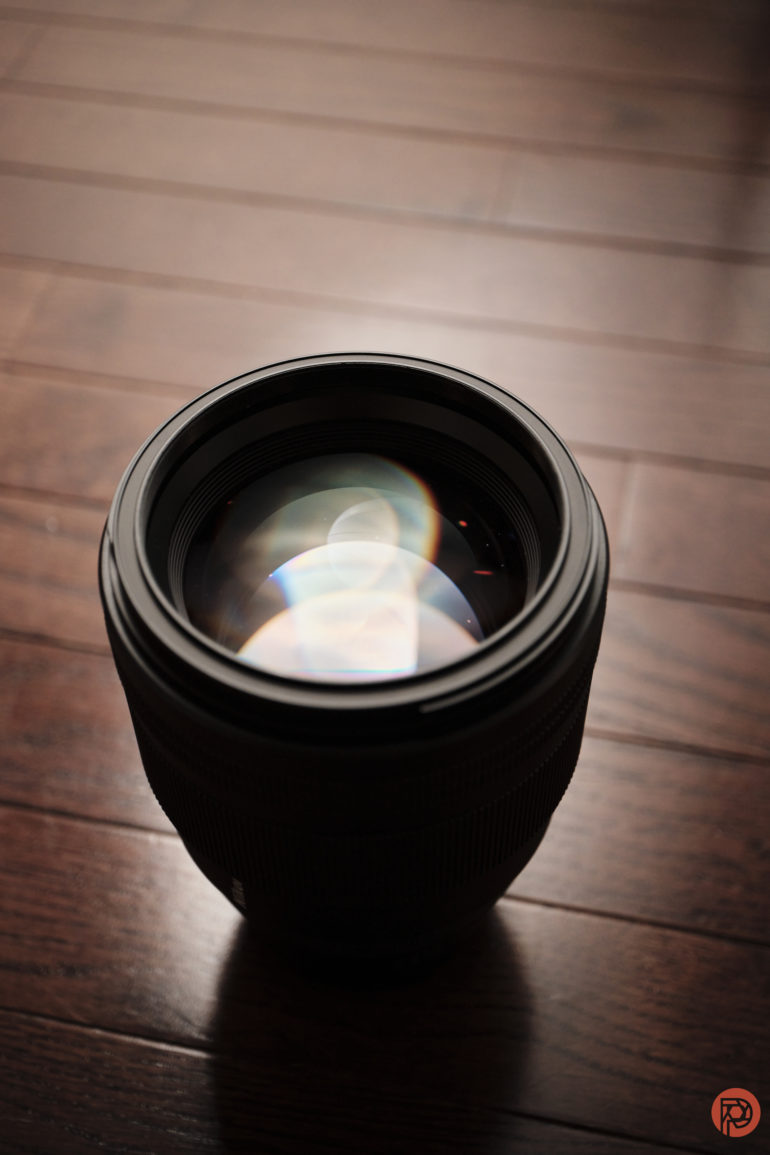
PROS
- It’s super sharp.
- 11-blade aperture and f1.2 create beautiful soft backgrounds.
- RAW colors are actually a really great starting point with the ProStandard profile.
- While technically sharp, a bit of character is possible with vignetting, flare, and bokeh.
- The wide aperture is a big help in low light, and the focus isn’t terrible here.
- It’s weather-sealed.
CONS
- It’s heavy.
- The autofocus had difficulty keeping up with action on the Z7 II (but performed better on the Z9).
- Colors on JPEG Standard weren’t as pleasing in flat light, wire service photographers won’t really like this. Nor will their editors.
- It’s significantly more expensive than the f1.8 lens.
In our review, we state:
The Nikon Z 85mm f1.2 S creates a superb blend between technical sharpness and creamy bokeh. While pricey and hefty, the lens delivers an ideal blend between technical greatness and character. The wide aperture creates soft backgrounds and opens more possibilities in limited lighting. As part of the S series, the lens is weather-sealed and includes a custom control ring.
But, for $2,700, I had hoped to see a bit more. The colors on the JPEGs are undersaturated, making me miss the colors from other S lenses like the 70-200mm f2.8. While it’s equipped with two autofocus motors, it needs the fastest, most advanced body like the Z9 to get an acceptable hit rate. While I loved a lot of the images coming from this lens, faster focus or more golden colors would have made the high price point more palatable.
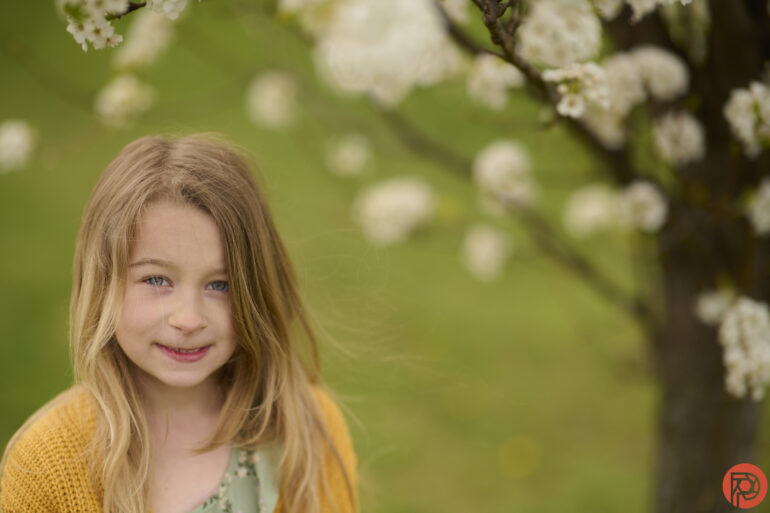
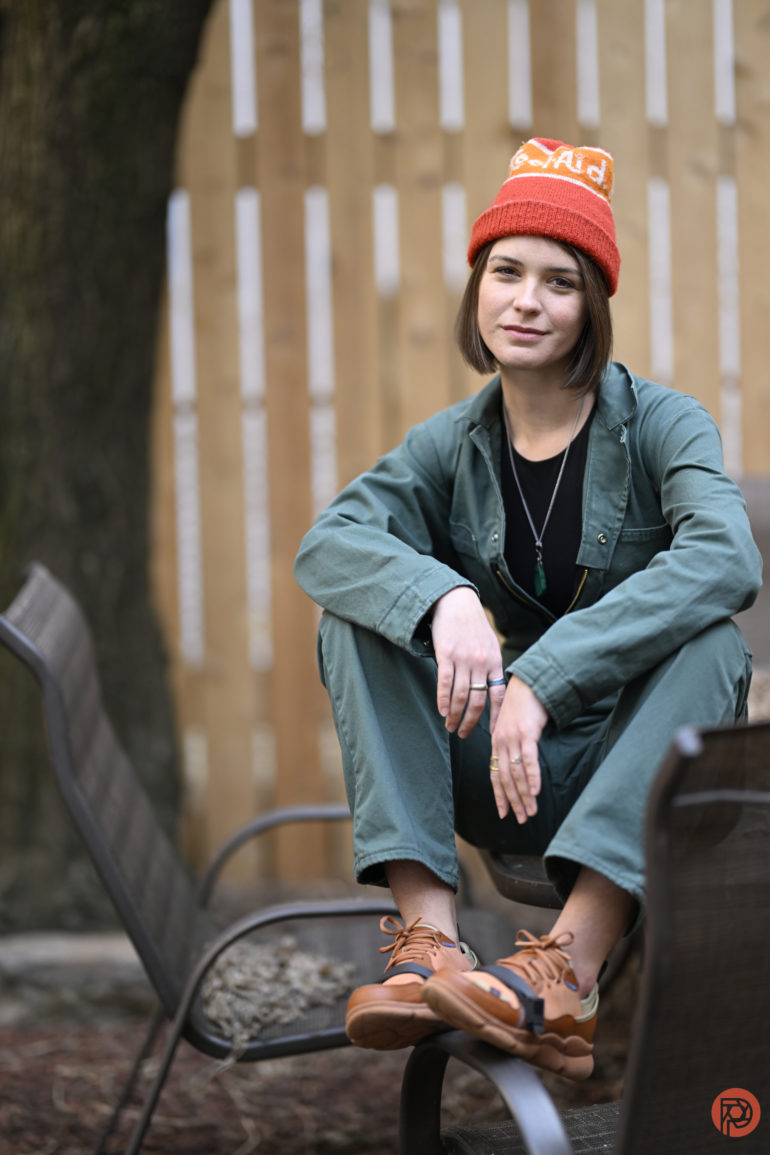

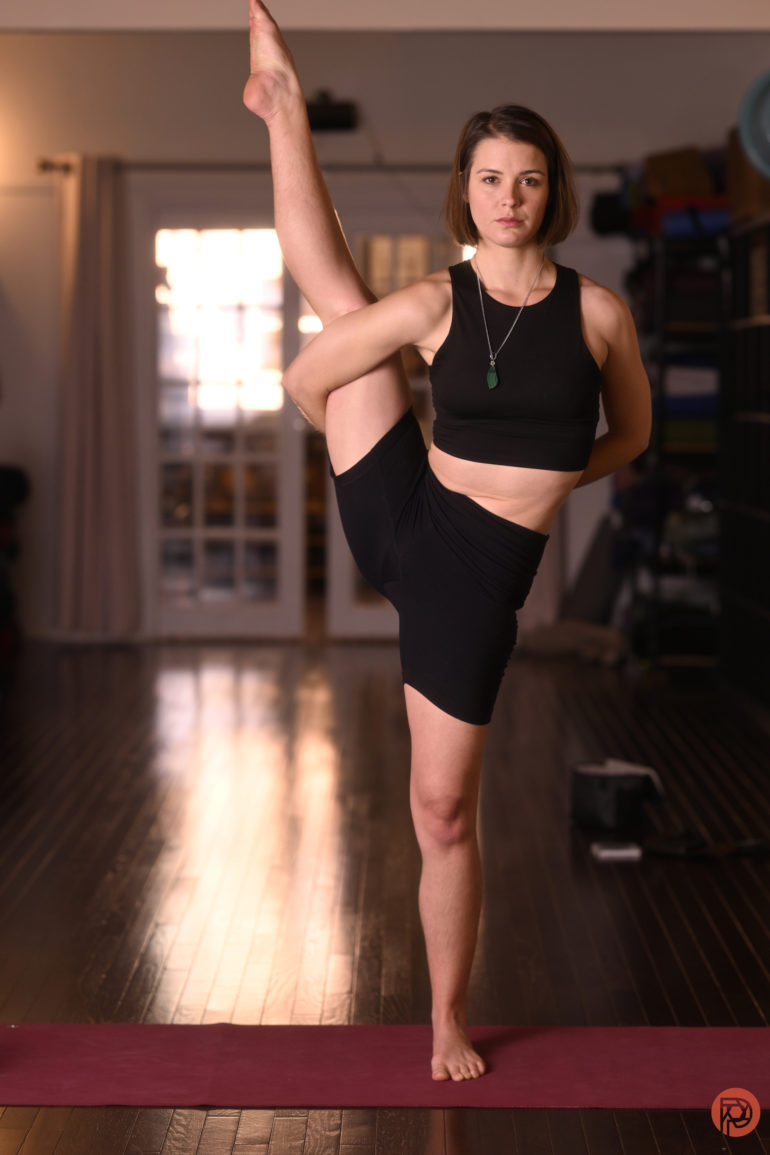


Nikon Z 70-200mm f2.8 S
Pros
- Spectacular bokeh and color
- Excellent sharpness
- Weather-sealed
- Plenty of controls
- Much closer focusing than other 70-200mm lenses
- Stabilized
Cons
- Autofocus missed about 20 percent of the time for sports.
- Hood lock is annoying but does loosen up with use.
In our review, we state:
“The lenses are the reason to consider the Z system, and the Nikon Z 70-200mm f2.8 VR S does not disappoint. Sharpness is only a touch removed from a Z mount prime, bokeh is spectacular, and colors are excellent.”
Nikon Z 50mm f1.2 S
Pros
- Excellent balance between sharp and sterile
- Beautiful bokeh
- Accurate colors
- Weather-sealed
- Digital lens info display
Cons
- Long and heavy
- Autofocus is slower than the competition.
In our review, we state:
“I expected big things from the images shot with the Nikon 50mm f1.2 S — and I wasn’t disappointed. The lenses are really the best part of the Z series. The 50mm continued the trends that I’ve seen from other Z lenses with excellent sharpness and minimal aberrations.”


